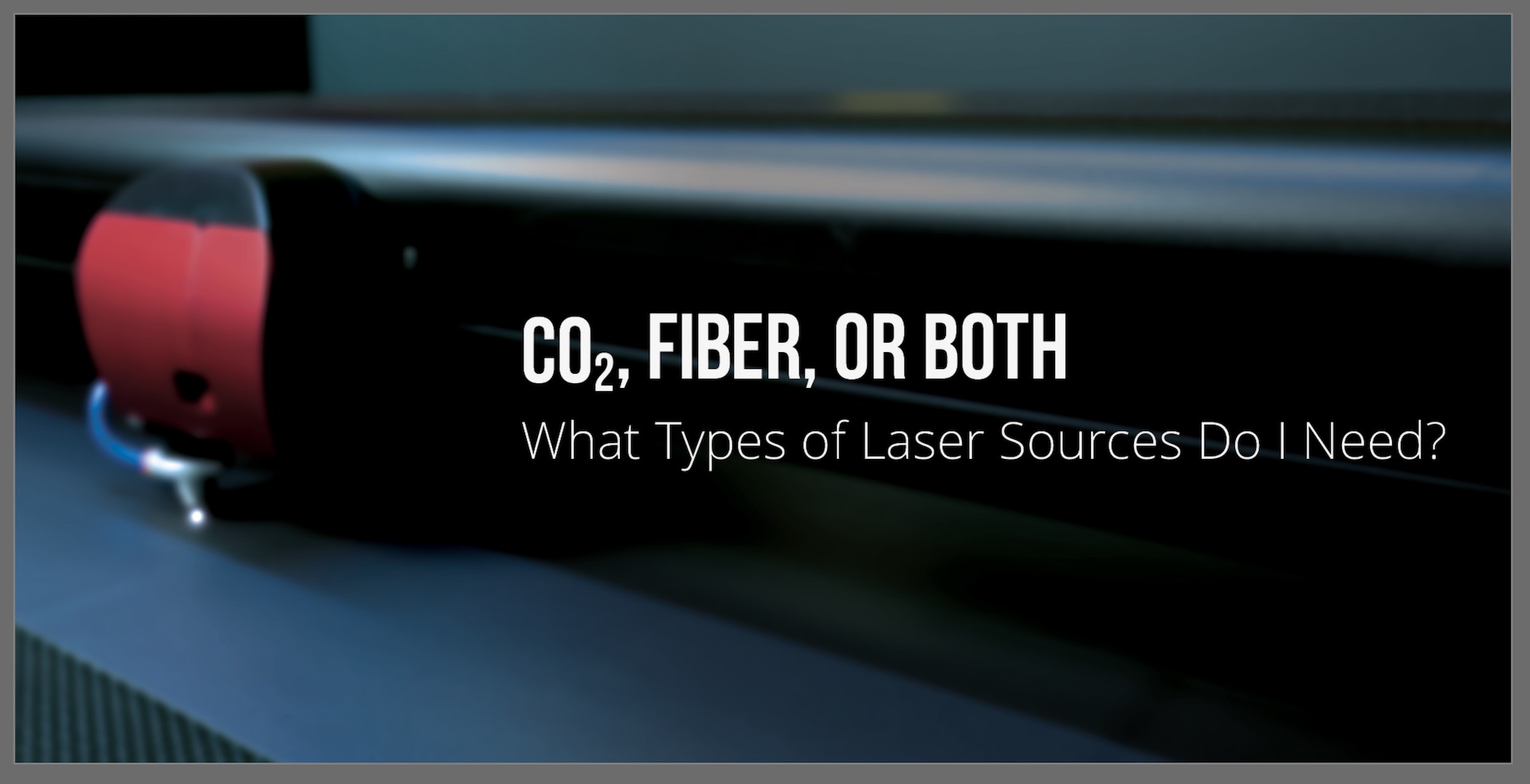CO2 and fiber lasers are the most common laser types for material processing including laser cutting, laser engraving, and laser marking. This overview introduces the materials appropriate for CO2 lasers and fiber lasers at power levels below 200 watts. It also introduces links to resources to help you determine the best laser system configuration for your requirements.
Materials for CO2 Laser Processing The focused energy from a CO2 laser below 200 watts is used primarily for processing organic materials, but it can do some processing of inorganic, non-metallic materials. With high enough laser power density achieved by using special optics, CO2 lasers at these power levels can also mark some metals. Here are the processes and materials CO2 lasers are used for:
CO2 Cutting and Marking/Engraving
For cutting with 150 watts or less, a practical maximum thickness limit from .125 inch (3.2mm) to 1.0 inch (25.4mm) applies to many organic materials. The limit varies greatly depending on material density and composition. Some low-density foam materials up to 2.0 inches (50.8mm) thick can also be cut. The maximum thickness for cutting and speed of processing are heavily influenced by the amount of applied laser energy, so more power (75–150 watts) is recommended for processing thicker material or for higher productivity.
The following materials are suitable for CO2 laser cutting, engraving, and marking:
Plastics
Rubbers/Elastomers
Foams
Fabrics
Papers
Woods
Composites (if metal or other inorganic content is minimal)
CO2 Marking/Engraving - No Cutting -
Numerous materials can be marked or engraved with CO2 laser energy below 200 watts because there is enough laser energy for noticeable surface interaction but not enough energy to penetrate all the way through a material for cutting. Generally, if a material is inorganic and heat resistant (doesn’t melt or has a very high melting point), it cannot be laser cut with a CO2 laser rated under 200 watts.
The following materials are suitable for CO2 laser marking and, in some cases, shallow engraving: Glass
Ceramic
Stone
Steel and Titanium (surface marking)
Metal marking is difficult with CO2 lasers because metal reflects or conducts most of the laser energy away from the focal point. To make steel and titanium surface marking possible with laser power as low as 25 watts, Universal Laser Systems (ULS) developed and patented exclusive High Power Density Focusing Optics (HPDFO™) that concentrate laser energy by focusing it to a significantly smaller focal spot size than possible with any standard optical system. Concentrating laser energy into a smaller spot dramatically increases power density to overcome the energy loss of reflection and conduction, enabling steel and titanium marking. Learn more about HPDFO.
Materials for Fiber Laser Processing
Fiber lasers rated 100 watts or less are used primarily for marking/engraving metal materials. The shorter wavelength of fiber lasers (compared with CO2 lasers) is absorbed by metal much more efficiently. The advantages of fiber lasers with metal are the ability to mark more metal types, penetrate below the surface of the metal, and mark/engrave faster than CO2 lasers of a similar power rating. Fiber lasers are also used for surface marking certain plastics that have fillers that absorb and react to the fiber laser energy.
Fiber Laser Marking/Engraving
The following materials are suitable for fiber laser marking and, in some cases, shallow engraving:
Metal (most types)
Plastics - including black acetal, black acrylic, black PTFE, and other plastics with laser receptive additives, fillers, or pigments. For most of these, it is not the organic plastic that absorbs and reacts to laser energy, it is the pigments, fillers, or other additives that react to the fiber laser energy.
Fiber lasers are also used to selectively remove thin metallic coatings on substrates not affected by fiber laser energy, including glass and PET plastic film.
Next Step
Contact our team today and get our experts help




